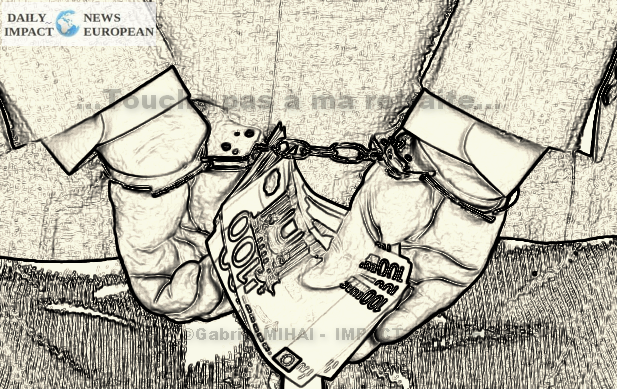Many people try to understand the meaning of the word inflation. Will inflation affect our way of life? Does she represent a danger? Do the solutions exist? Does it make sense to be resilient or to be resistant? It seems obvious that this crisis first affects the most vulnerable populations and we are faced with a situation for which we must find solutions.
The percentage of global debt has increased to GDP (gross domestic product) from 200% in 1999 to 350% in 2021.
We have to admit that many countries in the world are impacted, and as a result, all economic benchmarks are upset. This means that acquired reflexes, experience, and all economic theories must be forgotten.
The big and only question is the following: is this inflation cyclical or structural?
The reassuring hypothesis would be to believe that its origin would be in the measures taken following the health crisis combined with the consequences of the measures taken in the context of the war in Ukraine and which led to a rise in the price of energy. In this case, we would have to face cyclical inflation.
Inflation comes from a mismatch between the money supply and the reality of the wealth exchanged. A good or service purchased should correspond to a real value, it is an acknowledgment of debt.
In fact, we have a deep problem of the link between: currency – wealth – GDP – global money supply.
This means that if there is a monetary problem it is on the basis of the issuance of global debt. Clearly, this means that we have a level of debt that is too high in relation to global wealth. The situation, at the time of writing this text, is 92/350 (92,000 billion of world GDP and 350,000 billion of world debt).
Too much debt compared to the wealth created.
Seen from this angle, the inflation that we are discovering and feeling is in no way cyclical but rather structural, because the currency in circulation no longer finds an economic reality on which it can position itself.
It created a bubble.
Inflation is fueled by rising energy prices and interest rates.
As much as the economic recovery after the COVID crisis has been welcomed, it has created scarcity, creating the price increase, which is the tipping point from an economically structured world into a world of scarcity supported by an external shock through the loss of the value of the currency.
Added to this shock is added that of the food shortage, shock on food raw materials, that of the shock of the measures within the framework of the war, that of the shock of the measures taken within the framework of the fight against climate change.
The rise in food prices and that of energy prices is formidable because it impacts in real time the population which has modest incomes. The inflationary phenomenon is perceived violently. This clearly means that we are entering the price-wage inflationary loop.
In concrete terms, we have a loss of purchasing power for all employees, there is no other possible response than an increase in wages.
But if all wages increase, the cost of all productions increases, the increase in wages will make it possible to maintain purchasing power over a short period of time but risks, and very quickly, being insufficient. Employees will buy products whose prices are rising because these same products come from the work of employees whose wages have increased….
This is why inflation is already out of control and this is why we are already caught in the inflationary spiral. This shock will accelerate through the increase in the price of energy, which can be seen when refueling the car, gas prices, electricity prices and food prices. The impact of inflation launched at full speed can in a few months lead to famine. Whether the war in Ukraine stops or not inflation will stay and accelerate.
All these economic shocks taken end to end fuel inflation, fueling the shortage process, fueling the process of price increases and therefore accelerating the inflationary spiral due to the problematic wage.
Alongside this phenomenon arises the false impression of full employment in France, a perceptible scarcity of labour. It is at this level that social problems will arise. A large number of French people do not find or will not find a job and therefore no stable situation to be able to exist and be able to feed their families. They will be forced to be able to count only on the support of the State. Or on themselves.
Clearly job offers will decrease, layoffs will intensify. Raising wages fuels inflation!
The current economic situation is unsustainable, and there is no longer any known cure. We are going to enter a very complicated situation to manage. The social risk is in all cases at its highest level. The danger is also present at the level of our personal savings and the investment therefore of the annuitant and the retiree.
Here we are at the door of stagflation, a particular and humanly painful situation.
Here is why the problem of low incomes and state indebtedness must be resolved by the European Central Bank in order to maintain the purchasing power of the most exposed French people at all costs. It is therefore vital for the economy to increase interest rates so as not to wipe out savings and break the investment mechanism.
It is up to us to think differently, to rethink quickly and well and to provide structures freed from models and beliefs that have lived. Far from fears, rigidities. With hope, humanity.

More Stories
Meeting between French and Israeli counterparts Emmanuel Macron and Isaac Herzog at the Élysée
“Dansong” at the Avignon Off Festival 2024
Olympic Flame at the Jardin du Musée Mac Val